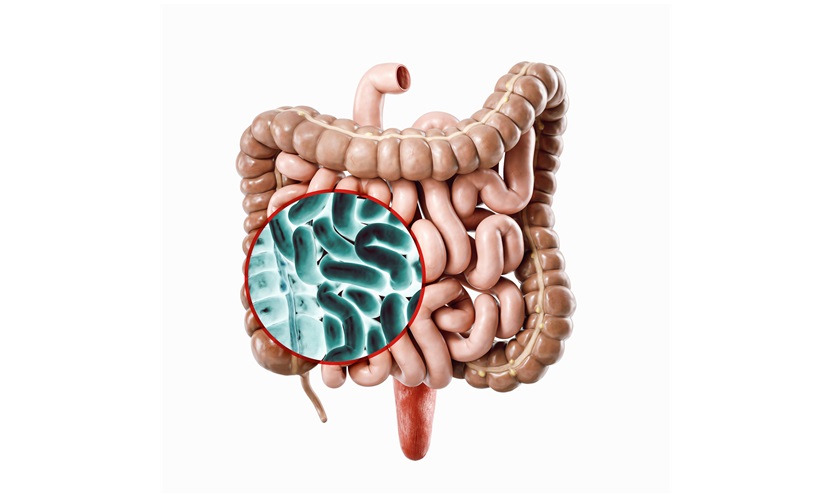RESEARCH presented at the American College of Gastroenterology (ACG) 2024 Annual Meeting has demonstrated high accuracy of small intestinal contrast ultrasonography (SICUS) for assessing small bowel Crohn’s disease (CD), with a performance comparable to established cross-sectional imaging techniques.
Magnetic resonance enterography (MRE) and computed tomography enterography (CTE) are the standard imaging techniques for evaluating small bowel involvement in CD, known for their superior accuracy over traditional intestinal ultrasound. Despite the widespread use of MRE and CTE, the role of small intestinal contrast ultrasound (SICUS) in monitoring CD activity has been less defined, warranting further investigation into its diagnostic reliability, especially for disease complications like strictures and fistulas, and potential influence on clinical decision-making.
This study compared SICUS with CTE and MRE in patients (aged 18–75 years) with known small bowel CD to assess disease presence, extent, bowel wall thickness, length of involvement, and complications. In total, 111 patients (median age: 35 years, 56% male) underwent SICUS prior to CTE (n=75) or MRE (n=39).
SICUS showed strong diagnostic performance, with a sensitivity and specificity of 95.2% and 100% for detecting SB disease, a positive predictive value of 100%, a negative predictive value of 58.3%, and an accuracy of 95.5%. For assessing disease extent, SICUS showed 87.4% sensitivity and 87.5% specificity, with a positive predictive value of 98.9% and accuracy of 87.4%. SICUS had 76.5% sensitivity for detecting strictures (58.8% when using intestinal ultrasound alone), with a positive predictive value of 97.5% and accuracy of 88.3%. For fistulas, sensitivity and specificity were 80% and 99%, respectively, with an accuracy of 98.2%. SICUS correlated strongly with cross-sectional imaging for bowel wall thickness (R=0.723, P<0.001) and length of involvement (R=0.834, P<0.001). Missed lesions were mostly in the proximal and mid small bowel, and clinical management changed in 17% of patients following CTE/MRE results.
These findings suggest that SICUS is a reliable, non-invasive approach for assessing small bowel CD, with high accuracy for detecting disease activity and complications like strictures and fistulas. While cross-sectional imaging remains essential, particularly for proximal and mid-small bowel lesions, SICUS shows promise for routine monitoring of CD, especially where MRE and CTE are less accessible. Further studies could refine SICUS protocols, potentially increasing its utility in routine clinical practice for comprehensive CD management.
Ada Enesco, EMJ
Reference
Pal P et al. Correlation and assessment of small bowel lesions using cross-sectional imaging techniques vs small intestinal contrast ultrasonography in known Crohn’s disease (CACTUS-CD Trial): a paired, validating study (NCT06125678). ACG 2024 Annual Meeting, 25-30 October, 2024.








